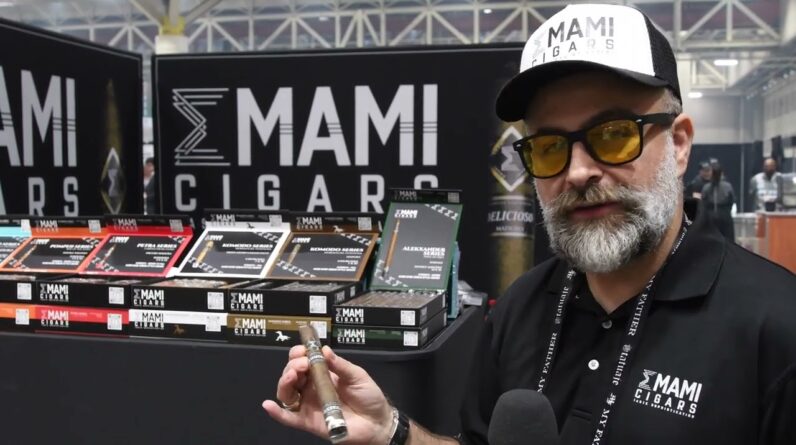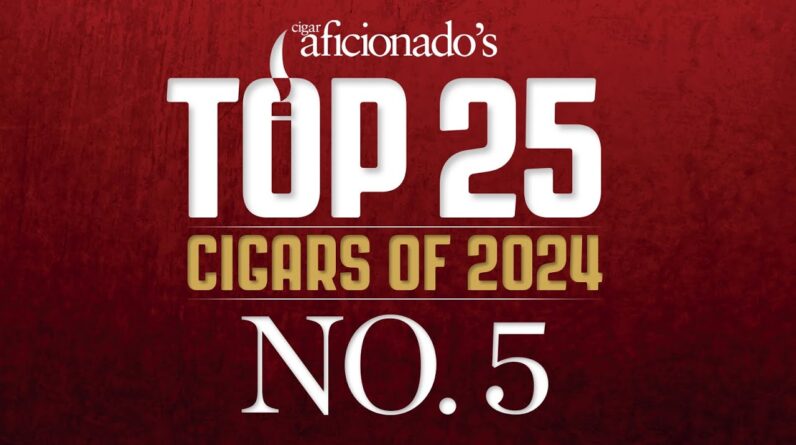How Cigars Are Made
 |
|
How Cigars Are Made
Cigars are a traditional symbol of trust and friendship. They are also an integral part of business culture. Many people begin business negotiations by offering a cigar. In the early 1900s, Cuban cigar companies were struggling to survive and had to make cigars from scraps of tobacco. By the late 1900s, over 10,000 cigar companies were operating throughout the United States.
The Food and Drug Administration (FDA) has the authority to regulate cigars and their parts and components. These rules can include marketing restrictions and product standards. In order to prevent public health hazards, cigars and their parts and components must meet federal standards. Many states have laws that restrict smoking tobacco. Regardless of whether it’s legal to smoke cigars, it is crucial to follow the rules to protect the public.
Cigars are made from tobacco leaves grown in various climates. The finest tobaccos come from Cuba, the Dominican Republic, and Jamaica. Three main types of tobacco leaves are used to create cigars: filler leaves, binder leaves, and the outside wrapper. The binder leaves are second-quality leaves that hold the wrapper together. The outer wrapper is made from a large, fine-textured leaf.
Once a cigar is finished, it passes to an examiner who checks for imperfections. This person ensures that the cigars are the right weight, size, and shape. If any imperfections are found, the examiner may correct them by patching the wrapper or reshaping the head. After the examiner completes this process, the cigar is passed on to a banding and wrapping machine. It may then be passed on to workers who specialize in sorting cigars by shade. They carefully sort the cigars based on the minute differences in the wrapper color.






